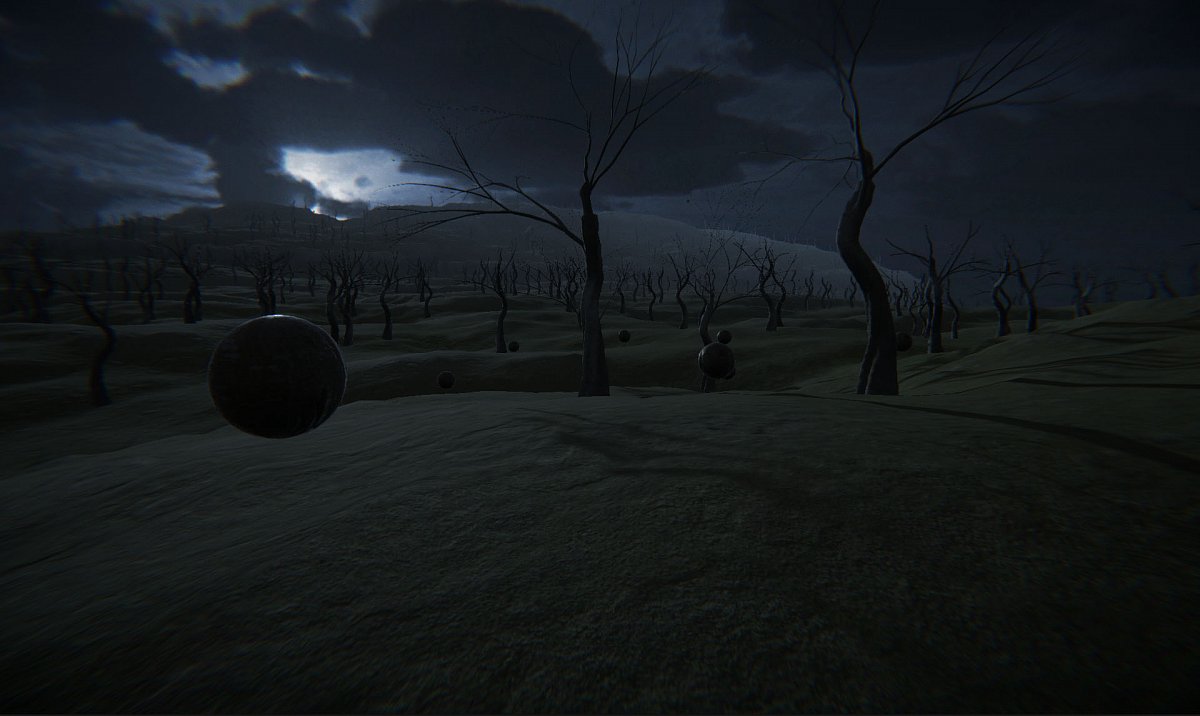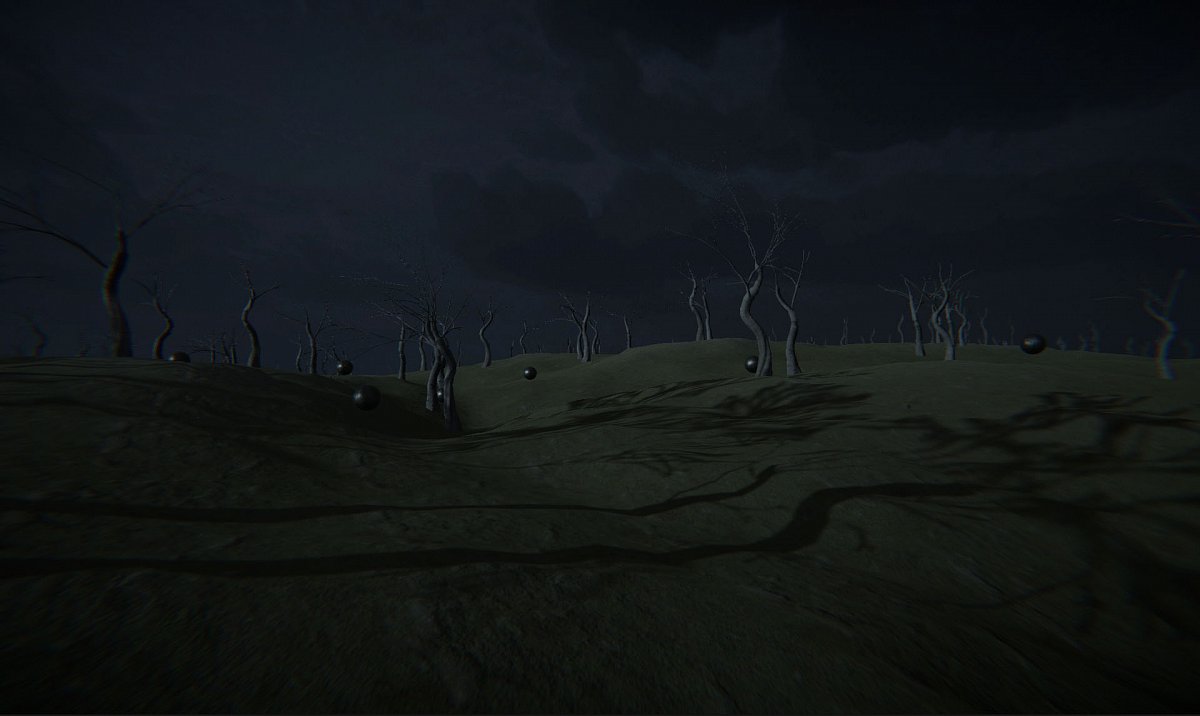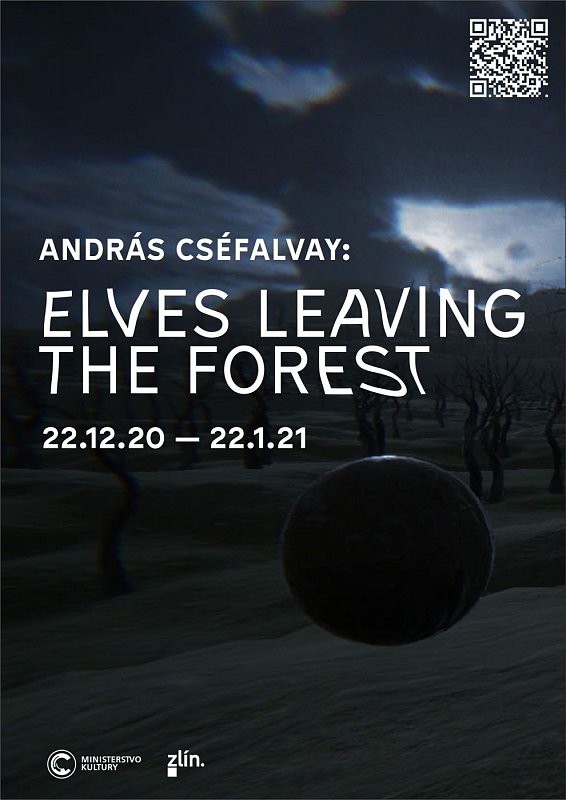The exhibition project Elves Leaving the Forest is being created while all galleries are closed. Thus, it reacts to the complicated situation caused by the Covid-19 pandemic when the viewer cannot be in direct contact with the artwork or with its author. Therefore, the exhibition space has moved into the exteriors of Kabinet T gallery where an audio recording – a song written and recorded by Andras Cséfalvay himself – is set for a passer-by. The same song then appears also in a virtual space, where the spectator enters a constructed environment. Similarly to the author's previous works, Andras Cséfalvay again deals with the topic of environmental crisis and, indeed, responsibility.
After a year of changing and adjusting our social, family and work habits and restricting our contacts, the world of fantasy is a wonderful place to escape. The idea of the good/evil dichotomy and heroes, who need to pass pivotal tests to defeat evil eventually, has a soothing effect. The complete Lord of the Rings and Hobbit movie series based on books by J. R. R. Tolkien became almost immediately available on streaming platforms in both their official and prolonged version.
The elves are a nation of tall, handsome, and noble creatures. They live in beautiful mansions in the middle of wild woods. They are powerful, generous; they steer the story with their wisdom, gifts and help in the fight against evil. Where there are elves, the land flourishes and their country is cultivated, yet not cultural. They can take care of their lands and naturally lead them towards prosperity. Contrarily to dwarfs who sing of bravery, heroes, gold and gemstones, the elves sing about trees, woods, and their people's history. Their relationship with nature is ideal, full of respect and mutual synergy. In Tolkien's world, the image of elves leaving the forests would be written as a tragedy. Ultimately, such is the image that András Cséfalvay confronts his spectators with.
The environment we enter is a mere plain with the remains of trees. The spectator's view – the one of a survivor – is similar to those in computer games, which simulate the character's point-of-view, that is, the gamer's view. It is the player who looks around, seeks, returns, and wanders between levitating ball-shaped objects. Each of them carries his own soundtrack. The gradually developing melody resembles a chorale: the choir begins to accompany the single voice, and finally, the author's word.
The nature and the features of other nations in Tolkien's world are, to some extent, inspired by real-life places. On the one hand, we see the idyllic scenery of green Ireland; on the other, the polluted industrial cities of Birmingham, Liverpool, and London. Similarly, the world of Cséfalvay's elves is also linked to the present days. Mythological characters, philosophers, scientists or inventors, whom András Cséfalvay often lets speak in his work, do not appear here anymore. This frustrating moment of solitude represents the last disruption of a balanced life; harmonious living was disturbed, the "voice of the weeping Earth" was not heard.


